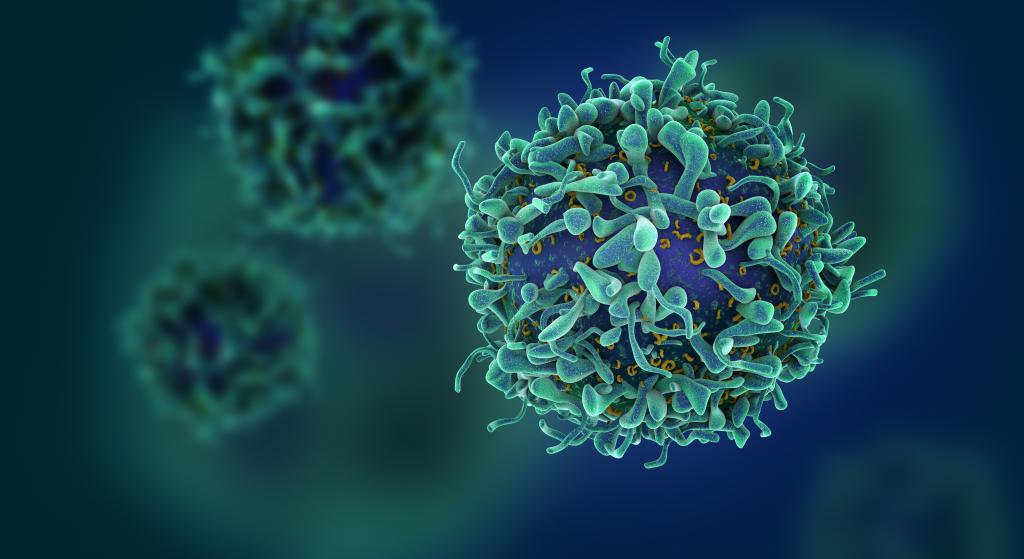Admission CTAs
Microorganisms and How They Relate to Disease
The average human has more than 100 trillion microbes in and on their body, and the study of these tiny inhabitants is challenging previously held ideas about good and bad bacteria.
Mason researcher Patrick Gillevet, director of Mason’s Microbiome Analysis Center, studies the microbiome—the assortment of microorganisms in a given environment—and its relationship to human disease. Studies have found an individual’s microbiome can affect many aspects of health and illness, including cognition, obesity, cirrhosis, and even autism.
As part of a recent project funded by the National Institutes of Health, Gillevet and his collaborators worked to find ways to alter the microbiomes of patients with alcoholic liver disease. Their goal was to control the illness enough so that the patients could become eligible for liver transplants.
“It is now clear that the human microbiome [the gut flora] is another organ, and it is intimately involved in heath and disease,” he says.
Gillevet collaborates with researchers in a number of disciplines at Mason as well as with scholars from Virginia Commonwealth University, Rush University Hospital, and the University of Edmonton. These colleagues—from the U.S., Canada, Britain, France, China, and Turkey—have included researchers from the fields of environmental science and policy, biology, astronomy, and computer science. In other projects, Gillevet and his team are examining coal disease, lobster shell disease, and population genetics.
Prior to coming to Mason, Gillevet worked on the Human Genome Project at Harvard University and NIH and developed new analytical tools and technology in molecular biology.
